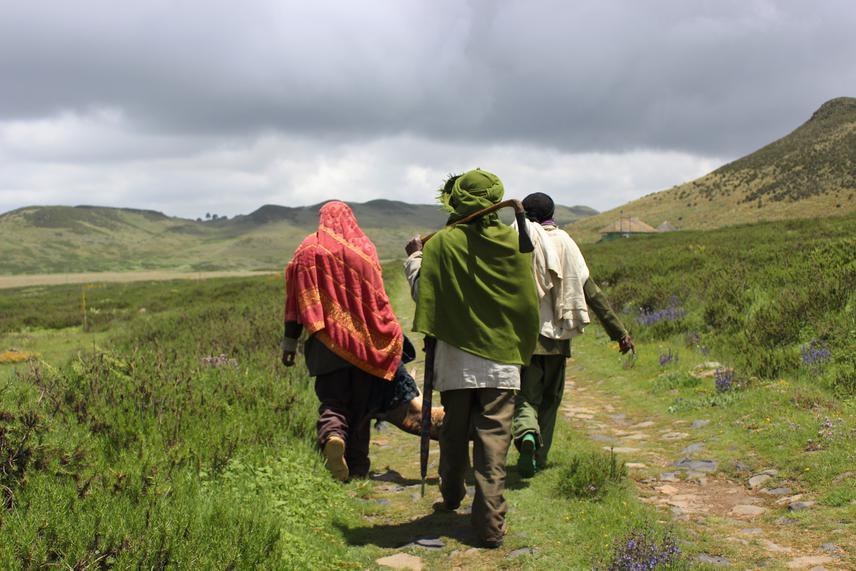Cara Elizabeth Steger
This project will use participatory mapping to integrate scientific and cultural perspectives into maps of critical habitat and ecosystem services for a protected area in the Ethiopian highlands, empowering nearby communities in their future research and planning.

Successful conservation management hinges on the promotion and integration of locally-relevant ecosystem services, community-based management, and supportive governance structures. The research team will employ various methods of participatory assessment (e.g. semi-structured interviews, participatory observation, participatory GIS/community mapping, etc.), to triangulate community and policy maker perspectives on the habitats of ecological and economic importance to Menz Guassa Community Conservation Area (MGCCA). Our toolbox includes a range of qualitative and quantitative methods for exploring this socio-ecological system. The overall project is designed to not only create system understanding, but also to promote improved management and decision-making, communication, and learning (Kelly et al. 2013).
The conservation area is named after the Guassa grass (Fetusca spp.) which is highly valued by the local communities for many uses, such as thatching, rope-making, and high quality grazing. The area was managed for over 400 years according to the locally unique Qero system of communal management. However, that system was undermined by the 1975 Agrarian Reform as it transferred land ownership to the state and caused confusion over who is responsible for managing MGCCA (Ashenafi and Leader-Williams 2005). Increased population and the influx of tourism to the area are also thought to impact MGCCA management, and understanding these impacts will be a major objective of the proposed research.
The research team will collaborate with community members and policy makers to create maps of critical habitat and ecosystem services that will aid MGCCA in future planning and research. These maps will be shared representations of the system, incorporating knowledge from local, traditional, and scientific sources with equal weight. This process will promote learning and communication between the various stakeholders and between individuals and their environment, which has often been disregarded in previous work on socio-ecological systems in mountain regions (Klein et al. in press). By linking researchers, resource users, and policy makers at various scales of governance, this work moves towards a transdisciplinary approach that integrates local and scientific knowledge to address critical problems in conservation management.